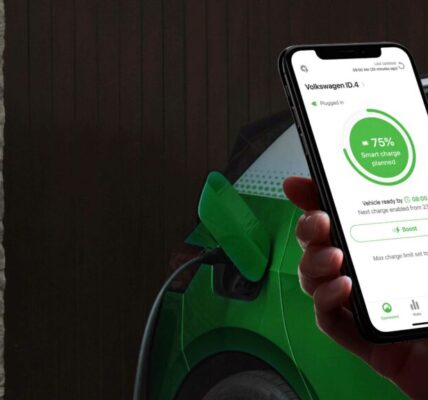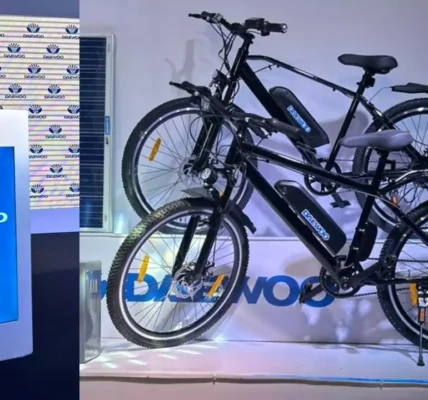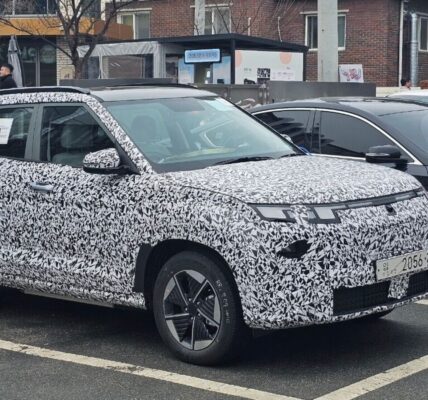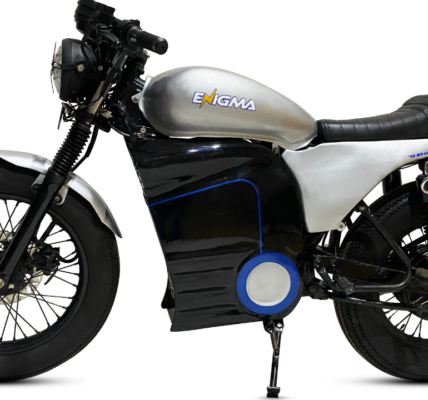As India’s vehicle population is set to more than double by 2050, a new study by the Council on Energy, Environment and Water (CEEW) has highlighted a significant shift in cost competitiveness between electric and petrol vehicles. The research shows that electric vehicles (EVs), particularly in the two- and three-wheeler categories, now offer a markedly lower total cost of ownership (TCO) compared to their petrol counterparts, a trend that could redefine the future of personal and commercial mobility in the country.
According to the CEEW, electric two-wheelers are already the most economical option on Indian roads, costing just ₹1.48 per kilometre to operate, compared to ₹2.46 for petrol-powered versions. The advantage is even starker in the three-wheeler segment, where EVs cost ₹1.28/km versus ₹3.21/km for petrol-driven models. Commercial taxis, where operating costs heavily influence purchasing decisions, also stand to benefit significantly from the EV transition.
“Electric two- and three-wheelers are not just greener, but cheaper to run than petrol models. These segments are ripe for rapid electrification,” said Hemant Mallya, Fellow at CEEW. “Cost advantages, especially in daily-use scenarios, will likely drive adoption faster in states that offer supportive policies.”
The report attributes the shift in TCO dynamics to a combination of declining battery costs, supportive state-level incentives, and improved charging infrastructure. However, the cost competitiveness for private electric cars remains mixed across regions. Variations in state subsidies, electricity tariffs, and initial vehicle prices continue to affect affordability, the study notes.
Despite the strong performance of EVs in the lighter vehicle categories, the report finds that electrification in heavier commercial vehicles, such as trucks and buses, lags behind. In 2024, electric medium and heavy goods vehicles remain costlier than those running on diesel, CNG, or LNG. With LNG expected to remain the cheapest fuel option for heavy transport until at least 2040, the study stresses the need for targeted research, infrastructure investments, and cost-reduction strategies to enable a transition in this segment.
Without significant progress in electrification and green fuel adoption, diesel is projected to remain dominant in India’s road transport sector until the late 2040s. Under a business-as-usual scenario, diesel demand would peak only by 2047, while petrol demand could peak earlier around 2032.
Dr Himani Jain, Senior Programme Lead at CEEW, emphasised the broader implications: “India’s transport sector is at the crossroads of an energy, emissions, and urban planning challenge. Rising ownership and usage patterns will only increase congestion and environmental impact if we don’t act now. We must prioritise clean, efficient, and cost-effective transport systems.”
To manage the evolving cost landscape, the study recommends enhancing access to EV financing, particularly through public banks and non-banking financial companies (NBFCs). Innovative battery rental or EMI-based models could make upfront costs more manageable. In parallel, better data on vehicle ownership at the district level—especially via the VAHAN portal—will help target incentives and infrastructure planning more effectively.
As India steers towards a low-carbon future, aligning fuel economics with sustainability goals will be key. The CEEW’s Transportation Fuel Forecasting Model (TFFM), which enables granular projections of vehicle stock and energy demand at the district level, is expected to be a critical tool for policymakers, automakers, and energy providers alike.






